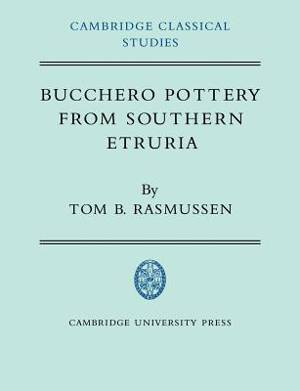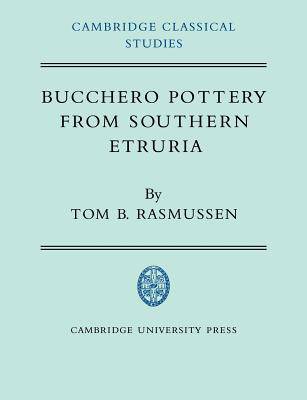
- Afhalen na 1 uur in een winkel met voorraad
- Gratis thuislevering in België vanaf € 30
- Ruim aanbod met 7 miljoen producten
- Afhalen na 1 uur in een winkel met voorraad
- Gratis thuislevering in België vanaf € 30
- Ruim aanbod met 7 miljoen producten
Zoeken
Omschrijving
Bucchero is a very common type of fine pottery that was made by the Etruscans when their civilization was at its height, from the seventh to the fourth century BC. This study concentrates on the products of South Etruria, where the earliest and finest bucchero was made, and where the tradition lasts longest. Until recently bucchero has been little studied, and the aim of this book is to present a sequence of pottery from archaeological contexts, so that the development of the ware can be seen as a whole within a chronological framework. Many of the tomb-groups catalogued are published here for the first time. In studying the shapes careful consideration is given to the affinities with Greek and with other Etruscan wares. A full survey of the decorative techniques is included, and the pattern of distribution both within Etruria and further afield is discussed. An important feature of the book is a series of sixty pages of drawings of the profiles of every shape of bucchero pot studied. Bucchero is of considerable importance as a dating tool, and although the book is directed primarily at specialists, it will also be of interest to anyone who is curious about Etruscan art and archaeology.
Specificaties
Betrokkenen
- Auteur(s):
- Uitgeverij:
Inhoud
- Aantal bladzijden:
- 248
- Taal:
- Engels
- Reeks:
Eigenschappen
- Productcode (EAN):
- 9780521024617
- Verschijningsdatum:
- 16/03/2006
- Uitvoering:
- Paperback
- Formaat:
- Trade paperback (VS)
- Afmetingen:
- 189 mm x 246 mm
- Gewicht:
- 449 g

Alleen bij Standaard Boekhandel
+ 184 punten op je klantenkaart van Standaard Boekhandel
Beoordelingen
We publiceren alleen reviews die voldoen aan de voorwaarden voor reviews. Bekijk onze voorwaarden voor reviews.








